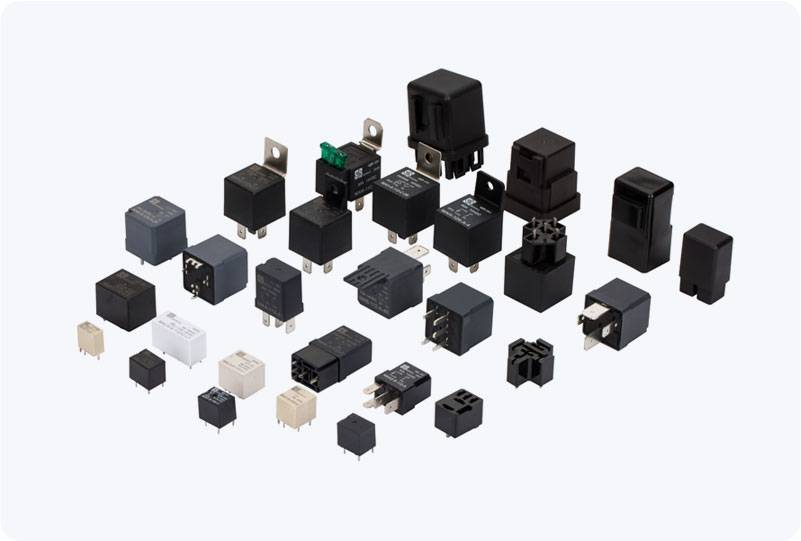precharge relay for ev: ensuring safe and smooth charging in electric vehicles
Release time:2025-08-25 13:50:57
As electric vehicles (EVs) continue to gain popularity, the importance of efficient and reliable charging systems becomes more evident. One of the key components in ensuring the safety and longevity of EVs during charging is the precharge relay. This often-overlooked device plays a crucial role in protecting the vehicle’s battery and electrical systems by managing the initial charging process. In this article, we will explore the function, working principle, and significance of precharge relays in EVs.

What is a Precharge Relay?
A precharge relay is a critical component of an EV's charging system, designed to safely initiate the charging process by gradually introducing voltage to the battery pack. It ensures that the electrical circuits, particularly the battery and charging components, do not experience sudden voltage spikes when first connected to a charging source. This gradual introduction of voltage prevents damage to the battery and other vital electrical components in the vehicle.
The Role of a Precharge Relay in Electric Vehicles
The main role of the precharge relay in an EV is to prevent potential damage caused by a sudden influx of current when the charging system is first connected. Charging systems typically use a high-voltage current, and when the battery is initially connected, there is a potential difference between the battery voltage and the charger’s output voltage. A sudden surge of current can result in issues like voltage imbalances, overheating, and even long-term damage to the battery pack. The precharge relay steps in to mitigate these risks by pre-charging the system, allowing the voltage to stabilize before full charging begins.

